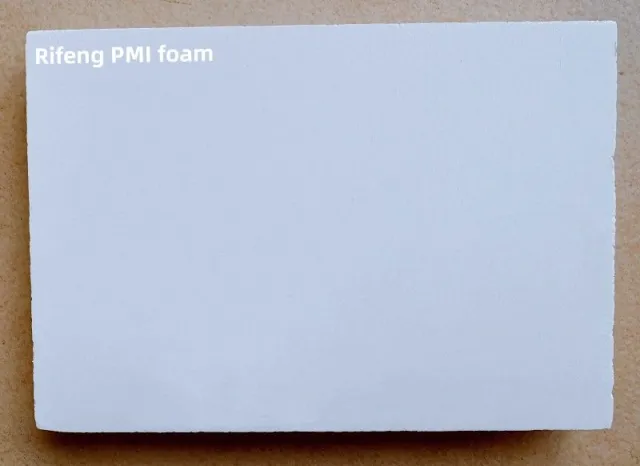Foam composites, particularly those designed for demanding industries like UAVs (unmanned aerial vehicles) and aerospace, play a critical role in designing lightweight yet durable materials. By leveraging cutting-edge manufacturing techniques, businesses can enhance the properties of foam core composite for more efficient, sustainable, and performance-driven applications. This blog explores some of the key processes used in manufacturing high-quality foam composites and explains their relevance to industries ranging from aviation to wind turbines.
Table of contents:
Prepreg and Vacuum Infusion Techniques Overview
Simplified Production With Thermoforming and CNC Machining
Environmental Benefits of CFC-Free Foam Materials
Maintenance and Storage Tips for Optimized Usage
Prepreg and Vacuum Infusion Techniques Overview
Prepreg and vacuum infusion techniques are among the most widely used methods for producing foam composites. Prepreg involves layering pre-impregnated fibers with resin, which ensures consistency and minimizes the need for additional resin application during the assembly process. Meanwhile, vacuum infusion deploys a vacuum to draw resin into a laminate, offering superior fiber-to-resin ratios and enhanced structural integrity. These processes are particularly critical for creating UAV composites, as they maintain a balance between high strength and reduced weight. Materials like the Rifeng F foam core composite are ideal for such processes due to their impact resistance and closed-cell structure, reducing unnecessary resin absorption while optimizing the laminate’s core strength.
Simplified Production With Thermoforming and CNC Machining
Thermoforming and CNC machining streamline the customization of foam composites for specific applications. Thermoforming involves heating the foam core composite to make it pliable and then shaping it into the required design. This method enables precise contouring, ensuring compatibility with complex geometries often required in aerospace or automotive components. CNC machining enhances precision even further, allowing for high accuracy in forming simple or intricate geometries. These methods not only ensure robust and ready-to-use foam core components but also significantly reduce production timelines for industries requiring high turnover rates, including shipbuilding and medical technology.
Environmental Benefits of CFC-Free Foam Materials
Sustainability is becoming a central focus in the manufacturing of foam composites. Products like the Rifeng F-core composite are completely free of chlorofluorocarbons (CFCs), addressing environmental concerns associated with traditional foam production. CFC-free materials reduce harmful emissions during manufacturing while maintaining desirable properties like low weight and high thermal stability. This makes foam composites more suitable for industries like wind turbines, where eco-friendliness is closely aligned with overall product performance. Additionally, the fine cell structure of Rifeng F minimizes unnecessary resin uptake, further promoting material efficiency and waste reduction.
Maintenance and Storage Tips for Optimized Usage
Proper maintenance and storage of foam core composites are vital for extending their usability and performance. For optimum results, store foam core sheets in a dry environment away from prolonged UV exposure, as direct sunlight may degrade certain material properties. Regularly inspect foam cores for any cracks, dents, or structural inconsistencies and rectify these issues early to avoid compromising the overall design. Ensure that proper handling techniques, such as avoiding excessive bending or impact during transport, are adhered to. By incorporating these maintenance strategies, industries can maximize the lifespan of their foam core composites, securing significant cost savings over time.
Manufacturing high-performance foam composites for UAVs, aerospace, and other advanced industries relies on a combination of innovative techniques and sustainable practices. From the precision of thermoforming and CNC machining to the efficiency of prepreg and vacuum infusion methods, modern processes enable the creation of lightweight, durable, and eco-friendly foam core composites. With products like Rifeng F leading the industry in versatility and performance, organizations can enhance their manufacturing capabilities while aligning with sustainability goals. Explore foam composites today and elevate your production processes for advanced applications.


No comments:
Post a Comment